Citizen Putzu
by Rudston Steward
e have to spike the meat.
It was an invitation, but sounded like a threat. The voice on the phone was grave, as if preparing for a settling of old scores. Had I inadvertently overstepped the boundaries of an obscure Sardinian code of honour, causing offence?
“Meet us tomorrow morning at the bar in Oliena at 7:30am. We’ll drive together from there. We must get the fire going early.” Before I could reply he said, again, “Dobbiamo pungere la carne.” We have to spike the meat. Then he hung up.
Meat is a serious matter in Sardinia. Usually it’s piglet—roast porcheddu. But in the Supramonte mountains, in the central Barbagia region, the specialty is pecora, sheep. The Barbagia is—still—a land of shepherds. And bandits.
I had been invited to a rebotta, an all-day Sardinian feast. There would be roasting: a sheep, half a porcheddu and, for good measure, a side of beef. Plus bucketloads of strong Cannonau wine. An initiation ceremony of sorts: I’d join the ranks, for a day, of the Popolo Sardo, my newfound Sardinian separatist friends.
After introductions over espressos at the bar we set off in convoy: my interlocutor Antoni Putzu and his friend Antonello in a Suzuki jeep up front, my Dacia Duster in the middle, and a gentleman called Chirico bringing up the rear in his battered Fiat Panda. We started towards Dorgali and the coast but soon turned off, south into the Lanaitto valley. Bumpy black tar changed to off-white gravel. The track snaked down a broad vale between two parallel ridges of sloping limestone, the Lamparidanu on one side and the imposing facade of the Massiccio del Corrasi mountains on the other.
The last stretch went off-piste straight up a trail scattered with loose boulders and shale. I was determined to keep pace with the bucking Sardinian broncos ahead—Antoni had warned me, the hint of a challenge in his voice, to lock in the 4-wheel drive. We bounced and skidded our way up the mountain, pulled over at the top and climbed out. A mechanical screech was making its way up the track behind us with revving heaves and avalanches of scattering gravel: Chirico’s Panda. The engine reached a furious apex as it surged up the last incline and bounced into view—in reverse. Chirico got out, beaming. “I got stuck, had to go back down and turn around,” he was proud as a parent on prize day, “but she kicks royal ass in reverse.”
There were two separate parts to the shepherd’s house, a rectangular stone building with a fireplace sunken into the kitchen floor, and a free-standing traditional hut, called su pinnettu, with a roof of juniper trunks stacked vertically in a cone. I stooped through its low doorway and into the somber chamber. The interior: bare earthen floor and fire pit surrounded by an arc of plastic crates for stools. There were no windows or chimney, the darkness compounded by a thick stratum of soot coating the juniper. Spent ash and old leather, soil impregnated with animal fats—the elementary odours of a rudimentary habitation.
Beside the su pinnettu a pergola shaded the terrace, wooden benches were propped against fold-out tables. Sheep pens dropped away into the valley below, a jigsaw puzzle of allotments delimited by snarls of barbed wire fencing and hedges of bramble. On the slope beyond the terrace, set back from the shepherd’s house, the roasting pit: a corrugated iron structure about three meters wide and two deep, open on one side. Facing it a low wooden table on whose surface two slender knives, a cleaver, and a pair of shears were neatly aligned, primed for meaty business.
Antonello and I got the fire going while Antoni and Chirico readied the meat. The piglet proved challenging: the tip of the skewer was inserted into its mouth, and had to pass through the entire body, held vertically, and emerge out the other side—but at precisely the right spot. The skewer’s tortuous progress kept getting interrupted by obstructing bones; Antoni would then bash it repeatedly against the ground, until the weight of the piglet ruptured the obstruction. Thus proceeded the gradual impalement. When the bashing stopped the skewer had, finally, emerged at the right spot; the piglet was perfectly splayed along its length.
Antoni tied the snout to the tip of the skewer with wire. It was 9:26am; his blood-spattered hands poured the first round of Cannonau into plastic cups, filled to the brim. He drained his in a single gulp, smiled and said “Cominciammu.” Let’s get started.
I’d met Antoni when he performed in Oliena with his group of tenores, a traditional Sardinian polyphonic choir composed of four male members. They sing huddled in a circle, each with one arm raised and a finger pressed to his ear to block out the other voices and perfect the harmonizing. Each raised elbow rests on a companion’s shoulder forming a closed ring, so that the performing quartet looks like a chanting conclave of conspirators.
Every town in Sardinia has a distinct traditional costume; Antoni was dressed in Oliena’s: a red, purple and black velvet coat over puffy white shirt and jodhpurs tucked into knee-high black woolen socks, a black skirt sustained by an embroidered belt, and a floppy black hat, called a berritta, which drooped about his shoulders like a deflated chef’s toque. He smiled easily, a flickering boyish grin constantly battling his stubbly beard for control of his face.
Tenores choirs are active in a restricted part of Sardinia, a triangular wedge stretching from Orosei and Arbatax on the eastern coast to Oristano in the west. Traditional local customs have generally been lost in the urban centres of Cagliari to the south and Olbia in the north, but in the wild central Supramonte mountains of the Barbagia region, roughly coterminous with the areas where tenores choirs are active today, archaic traditions still hold sway.
In Antoni’s case the upholding of tradition came bundled with an unwavering conviction that Sardinia was not actually part of Italy. He referred to Italy as the continent or the peninsula but wanted nothing to do with it, convinced that Sardinia’s destiny lay in succession from the mainland. Over grappas at the bar after the concert he declared, with mischievous solemnity, “I will never put on an Italian uniform.”
In time I would come to think of Antoni Putzu as traditional Sardinia incarnate.
“THESE ARE NOT NORMAL FLIES,” HE SAID, LIFTING A CLOTH FROM A CORNER OF THE TABLE
The ideology of Sardinian separatism permeated everything he said and did. As with the Basques, Catalans and Corsicans, Sardinian identity is intimately tied to a language—Sardinian is a close linguistic relative of Latin but contains unique pre-Latin elements (Nuragic and Punic) as well as Catalan. It is indecipherable to Italians, sounding to the uninitiated like an obscure string of guttural incantations, often delivered in a pungent crescendo. Most proclamations are rounded off with the definitive Sardinian turn of phrase, “Eya!,” strictly speaking meaning “yes” but in practice Sardinia’s version of the enigmatic head-wiggles one encounters in India, signifying both yes and no and maybe.
According to Antoni Sardinia’s incorporation into a unified Italy in 1861 was just another round of colonization by exploitative occupying forces, a long list that includes the Piemontese, Aragonese, Pisans, Catalans, Vandals, Arabs, Romans, Carthaginians and Phonoecians. The system of collective land rights upon which Sardinia’s predominantly rural society had been based since time immemorial was summarily overturned by a 1865 law that criminalized communal grazing, sparking a violent uprising of peasants and shepherds. In Nuoro, Oliena’s regional capital, they occupied the town hall and burned all the municipal maps and property titles, so that no-one would know who owned the land or where the borders between properties lay.
“They’ve been repressing and exploiting us ever since,” Antoni’s eyes lit up, “They forced the shepherds to become bandits.” He was smiling, mischievously, solemnly. “Come to dinner at my place tomorrow. I will explain.”
He ushered me past the front door and down a flight of stairs into the basement. “My wife is already asleep, she gets up at 5am to bake the bread. So I wait here in the cellar, usually around midnight my uncle brings the milk. Then I make the cheese before going to bed.”
The table had been set, a cutting board with half a dozen cheeses ranging from milky-white to ochre-grey laid out on the checkered tablecloth beside a carafe of cloudy wine. A slatted wooden table ran the length of the far wall, its surface laden with plump rounds of pecorino in various stages of aging and decomposition, permeating the room with a musty reek. Under the staircase pods of cheese hung over the fireplace to mature. Copper saucepans dangled from the rafters. The doorway opposite led into the small kitchen where Antoni would heat the milk on a gas burner to separate out the whey.
“These are not normal flies,” he said, lifting a cloth from a corner of the table, “They are my helpers. They make the casu marzu.” He grasped a cheese with two hands and held it up for inspection. It was crawling with dozens of tiny black flies. The rind was pockmarked in places by a gooey paste. I looked closer: the paste was moving. Small maggots squirmed in the creamy muck—cheese fly larvae.
“The cheese passes through the maggots digestive tracts, their acids break down the cheese fat.” He reached over to the table, broke off a piece of pane carasau flatbread, spread a dollop of the paste on its corner, offered it up to me. It was wriggling, minimally. The taste was formidably sharp, almost pickled, as if the cheese had been soaked in a decoction of lactic acid and wasabi. It hovered about my palate and clung to the back of my tongue long after I’d swallowed—a lingering organoleptic shock.
“Casu Marzu is illegal under EU food hygiene rules. But it’s a part of our culture, always has been. So of course we ignore the EU. Those bastards force us to live in a state of perpetual illegality.”
The shepherds of the Barbagia have always considered the justice meted out by the state to be the instrument of an occupying power, be it Italy, Aragon, or their string of predecessors. They ignore its laws, and instead abide by the unwritten rules of the Codice Barbaricina, a code of honour that still serves as a parallel—unofficial and autochthonous—system of justice and set of social norms. It is in part tacitly approved by the local populace, who choose to settle their disputes themselves according to the vicious dictates of the Codice rather than enlist the help of meddling, hostile, “foreign” Italian law enforcement agencies.
Much of the Codice Barbaricino deals with various forms of abigeato, the theft of livestock, and its just retribution. It is a system based on revenge, enacted directly by the offended party on the perpetrators of the offence. Vengeance sanctioned by an unwritten code of honour, underwritten by the Barbagia community that silently upholds it.
Antoni was smearing more paste onto a parallelogram of pane carasau. “Traditionally they distinguish between two kinds of theft, theft out of need, if you’re hungry or have no money, and theft intentionally meant as an offence, an insult. The first is considered ok in many cases, since the thief has nothing personal against the individual he steals from. But according to the Code he cannot steal from his own or neighbouring village; he must go and steal at least three villages away.” He observed the squirming tidbit awhile before placing it in his mouth. “The second kind of theft is an intentional slight, it shows a lack of respect for the victim. It must be vindicated.” He bit down on the morsel, making a crunching squishy sound.
“There is a local saying, Nehe o no nehe, prange berbehe. Guilty or not, it’s always the sheep that cry. If you want to send someone a warning around here you either steal or kill his sheep. A horse is more serious, sometimes if things escalate they cut off a horse’s head. Worse still is sgarettamento, when they cut a horse’s foot. The lame horse will have to be put down, it’s game over, but this forces the owner to kill the horse himself.”
Every rebotta has a designated meat roaster. Zio Fester arrived at the sheepfold and immediately sprang to action in the roasting pit, adjusting the angle of the spits, rearranging the position of the porcheddu, shifting coals around with the shovel. He wore a black v-neck t-shirt and blue jeans, his rotund face encircling pale fleshy cheeks and pudgy lips that chewed voluptuously on the stump of a cigar. His sculpturesque pot belly and bald pate, indeed, bore a striking resemblance to a member of the Addams family.
Zio Fester was soon holding court in his soap-box roasting pit, a charismatic raconteur, turning the spits with one hand while draining cups of wine with the other. Anecdotes poured forth from the corner of his mouth like jocular poetry, a stream of guttural Sardo-incantations delivered in pungent crescendo.
By noon over twenty people had made their way to the rebotta; according to Fester the meat wouldn’t be ready for another couple of hours, so Antoni suggested we go for a walk.
“Come and see our caves.”
STALACTITIC PLUMES CASCADED IN DELICATE DRIBBLES TOWARDS THE CALCAREOUS PROTUBERANCES BELOW
Six of us piled into two jeeps, drove back down the hill and then along the gravel track, deeper into the Lanaitto valley. Where the track ended we ditched the cars and continued on foot. The path contoured over limestone, angling gradually down into a gorge through stands of cork trees and holm oaks. At the bottom we followed a dry stream-bed that curled between monumental boulders until we reached an overhang concealing a dark breach.
Antoni stepped into the low antechamber and pulled a torch from his backpack.
“This one’s called the Conchiddu du ricattau.” Kidnappers cave. The chamber was narrow and high, we walked upright. “They say that in the 1950s a group of bandits from Oliena hid someone they’d kidnapped here.” The passage widened into a hall perhaps thirty meters high. Stalactitic plumes cascaded in delicate dribbles towards the calcareous protuberances below, lumpen and squat. The cave’s inner recesses smelled of ominous bat shit.
Despite the undeniable beauty of the cave it was not somewhere I’d want to be tied up for months on end and held for ransom. When we got back outside I asked Antoni whether they still kidnapped people around here.
“Ask Marco,” he said, pointing to the guy walking behind me, “He is the bandits’ lawyer.”
Kidnapping has always been part of the Sardinian mindset. The first documented instance occurred in 1477 near Podesta in the province of Nuoro; one of the most notorious led to the killing of the chief magistrate of Bono’s six year old daughter in 1933. After a brief post-World War II lull, kidnappings reached their peak in the late 1970s (ten cases in 1978, seventeen in 1979). The Anonima Sequestri (Anonymous Kidnappers), a nebulous collective ostensibly carrying out kidnappings at the time, was thought to have ties with subversive political organizations and “terrorist” groups then operating in mainland Italy.
The most recent known kidnapping took place on 19 September 2006. Titti Pinna, from the town of Bonorva, was abducted and hidden in a secret pit, five feet deep, in a sheepfold near the town of Sedilo for eight months, chained to the ground. He escaped on 28 May 2007; it’s still not known whether the Pinna family paid a ransom to secure his release. Two men were convicted of the kidnapping in December 2015 and sentenced to twenty-eight and twenty-five years respectively. One of them, Antonio Faedda, had been defended in court by Marco, the guy walking behind me. The conviction was being appealed; another round of hearings was underway.
“I’m claustrophobic,” Marco said.
We had reached the second cave, further along the stream-bed, set back from the path up a small escarpment. From the antechamber a low tunnel curved off into the dark, at first high enough to crouch and waddle along, but soon requiring short stints on all fours.
Marco was ahead of me, I could hear his breath getting choppy and wheezy.
“I think I will die in here.”
The tunnel ended abruptly, opening into a gargantuan chamber. I stood, looked up. It was disorienting: we’d emerged in an underground chasm, riddled with stunning sculpted pinnacles of rock draped in filigreed stalactites. A small aperture in the vault, about eighty meters up, leaked a halo of natural light into the dark. Its faint glow petered out well before reaching us on the cave’s floor below. Standing there in the dark abyss, staring up at the suspended pod of light, it felt like conspiring geological forces had placed an omniscient eye in the sky—to keep watch over us glowering troglodytes below.
The main axis of the cave extended beyond the reach of Antoni’s torch. “It goes on for almost two kilometers,” he said, “but you need professional gear.” One side of the cave had partially collapsed; the torch revealed a towering mound of karstic rubble. “You can climb up there and repel down the other side. We call it the Bocca dell’Inferno.” The Gateway to Hell.
“Look here,” he was illuminating a pile of bones at his feet. “When they discovered the cave they found four human skeletons, probably been tied up and dropped through the hole up top.”
Marco’s asthma was subsiding. He said, “It feels like we’ve stepped into Jules Verne’s Journey to the Center of the Earth.” He was scanning the walls of the cave trying to make out if anything was lurking there: “I don’t like alibedde.”
Alibedde, that’s what they call bats in Bonorva, Marco’s home town: ali (wings) + pelle (skin). Skinny winged creatures.
Antoni laughed, shaking his head. “In Oliena we call them zuzureri.” Bonorva and Oliena are less than an hour’s drive apart, but have totally different Sardinian vocabularies.
“On the continent we simply call them pipistrelli,” I said. It was one of the first Italian words I’d been taught upon arrival in Rome as an eight year-old boy in 1982.
We stood there in the dark, listening for bats, craning our necks towards the omniscient eye in the sky, its pod of light. The Center of the Earth. A Gateway to Hell. The Tiscali Cave. Where was I? What was this strange Sardinian place, full of alibedde and zuzureri, not to mention pipistrelli?
Later, as I crawled back through the tunnel on all fours, back out to the Valle di Lanaitto—where Zio Fester and the rest of the Popolo Sardo were no doubt busily carving up our sheep, beef and porcheddu, all roasted to perfection—it occurred to me that I’d never felt further from Italy while, strictly speaking, still in Italy.
9 Comments
Comments are closed.


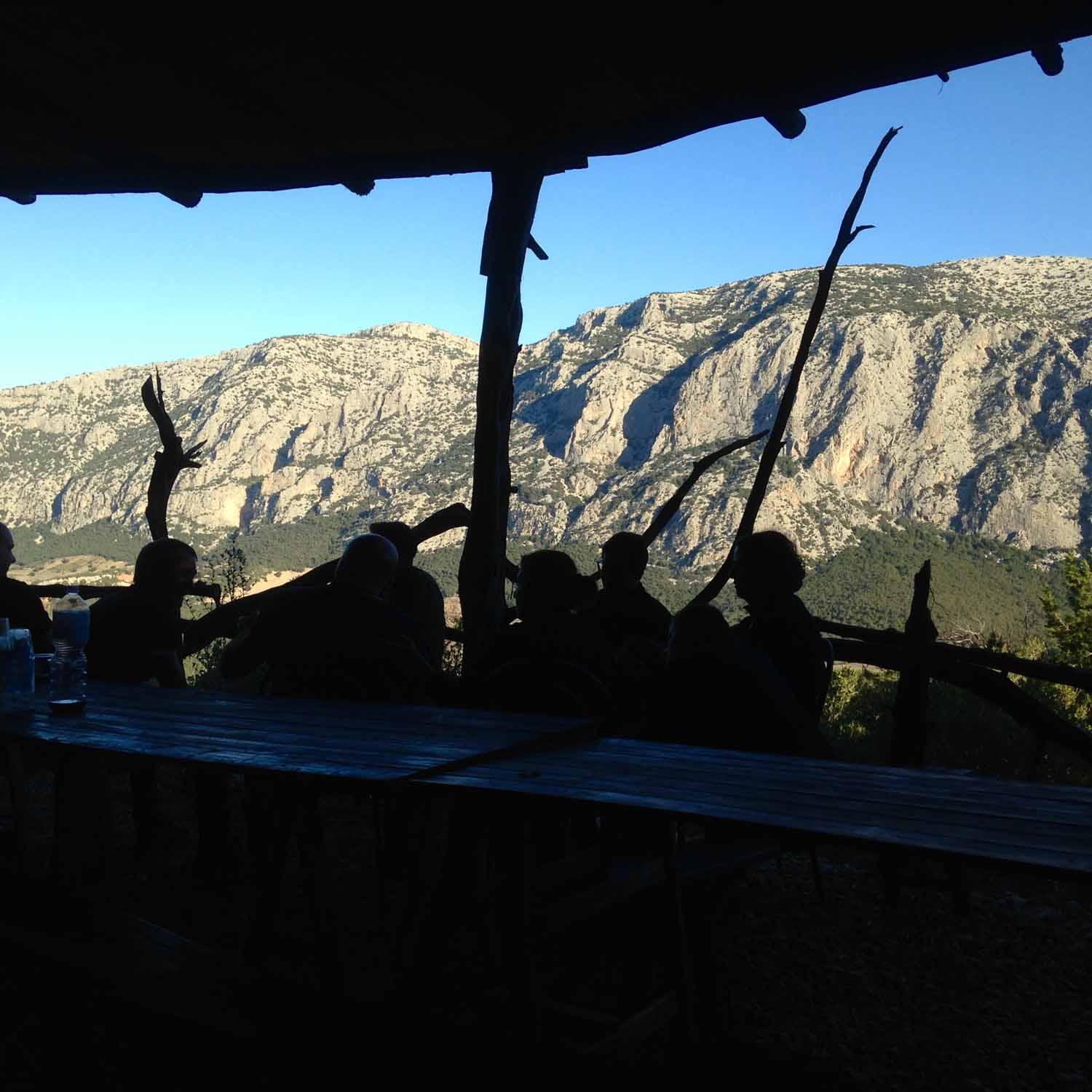
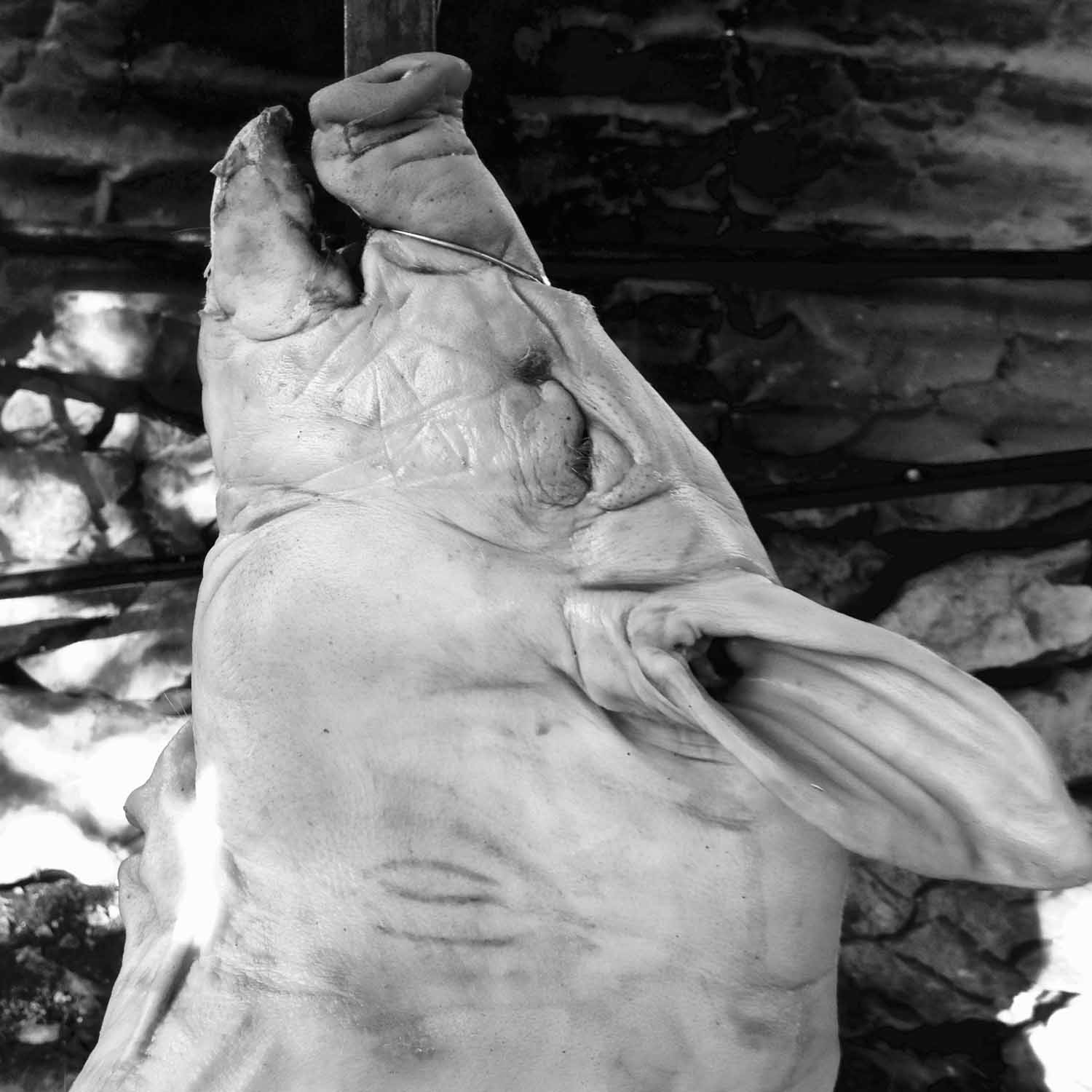

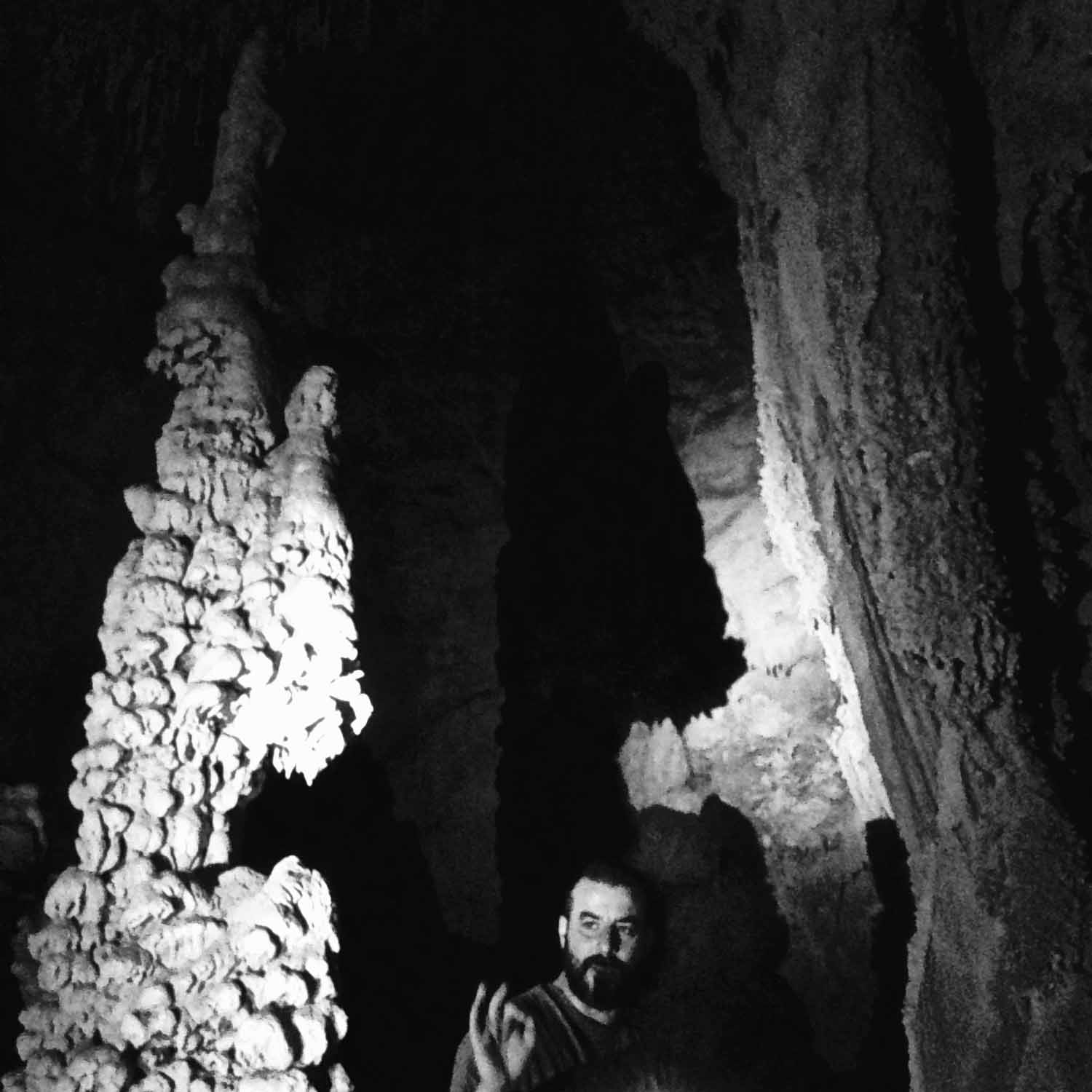
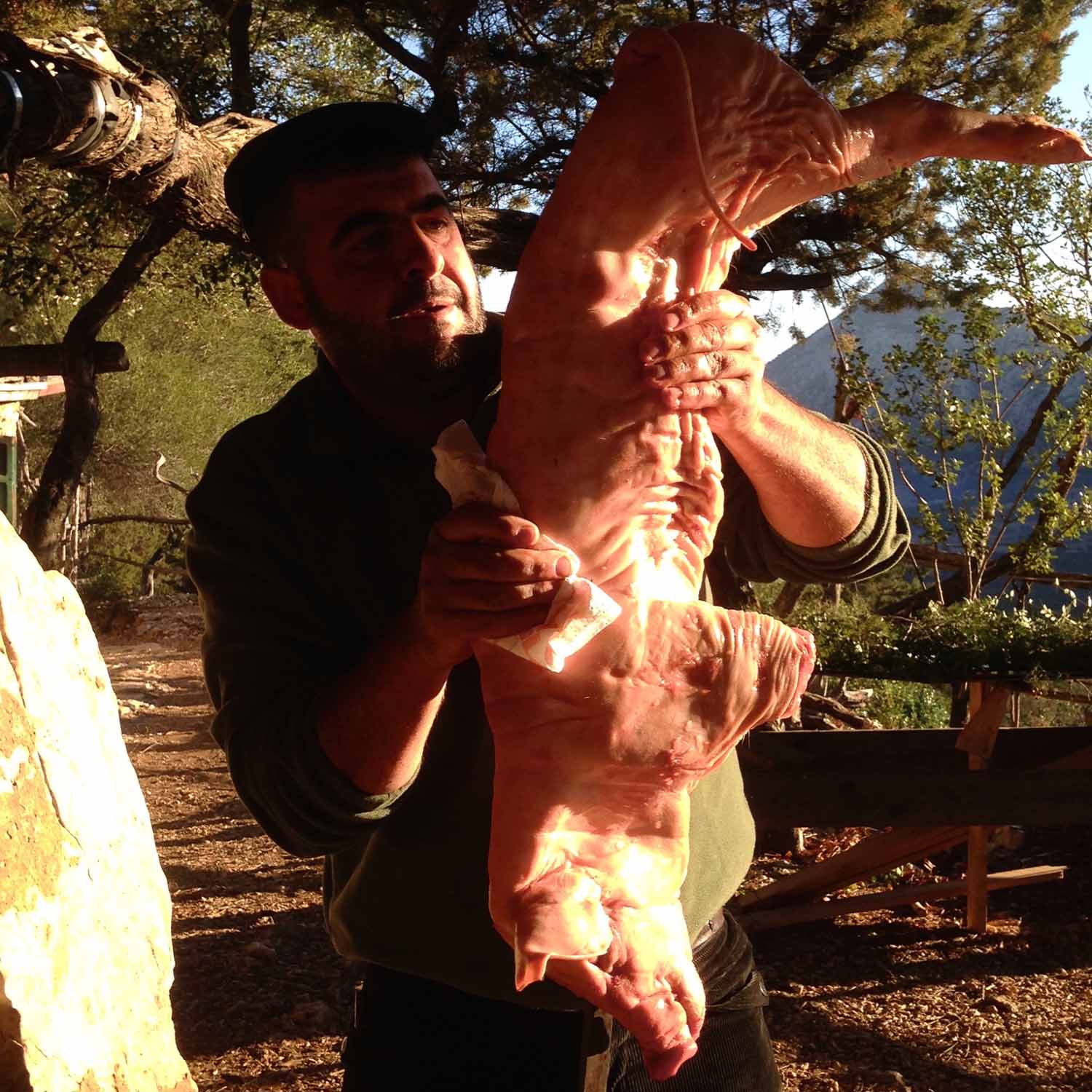
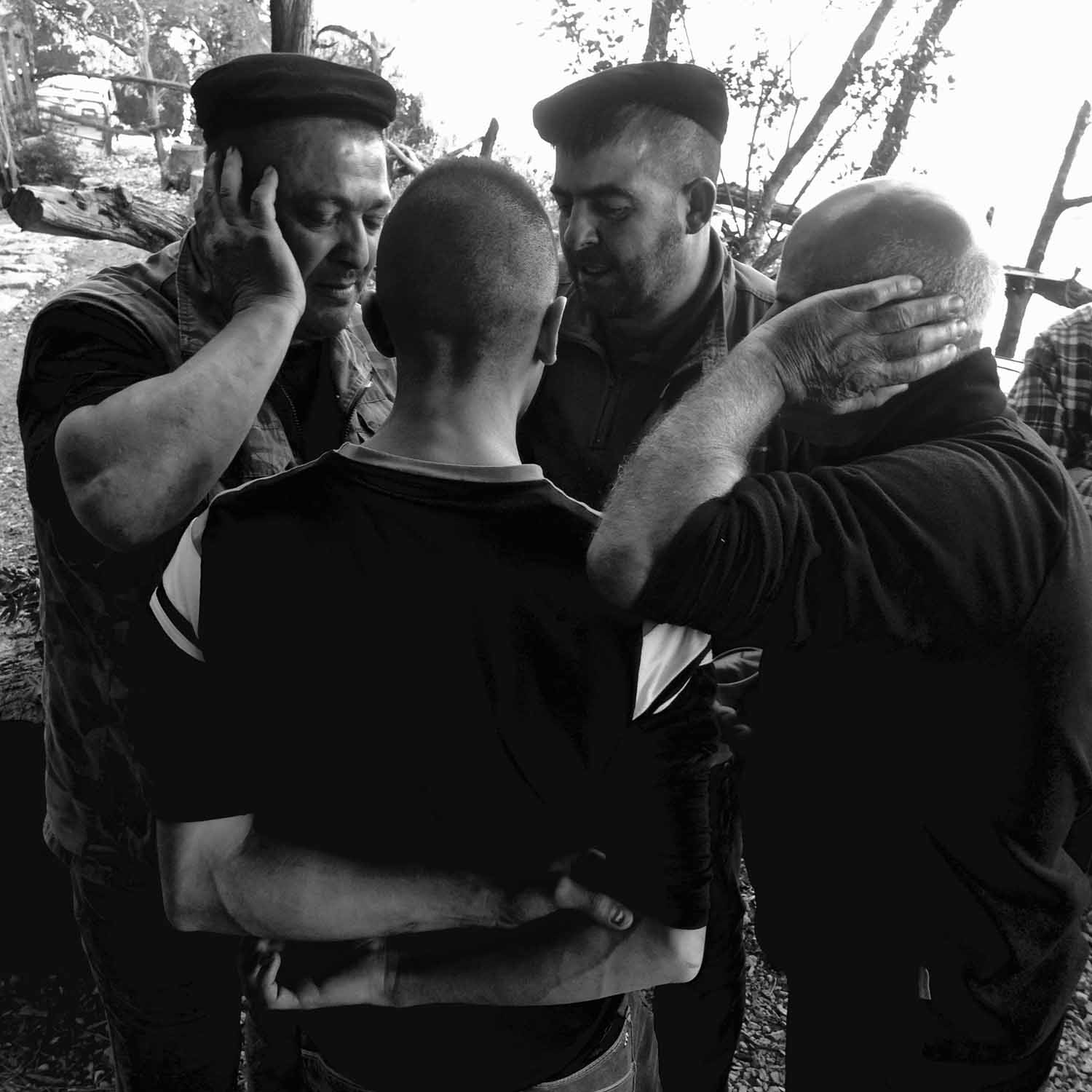
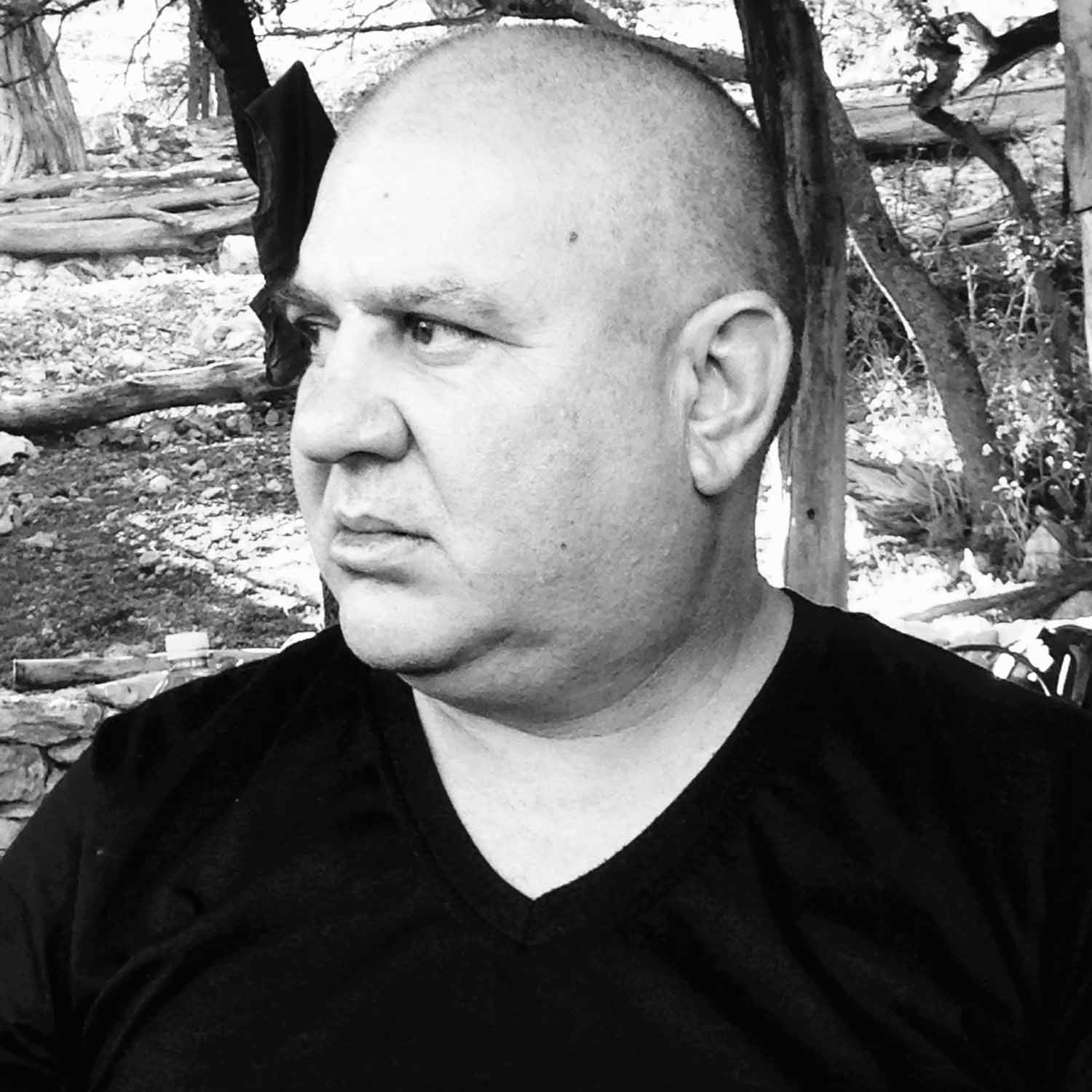

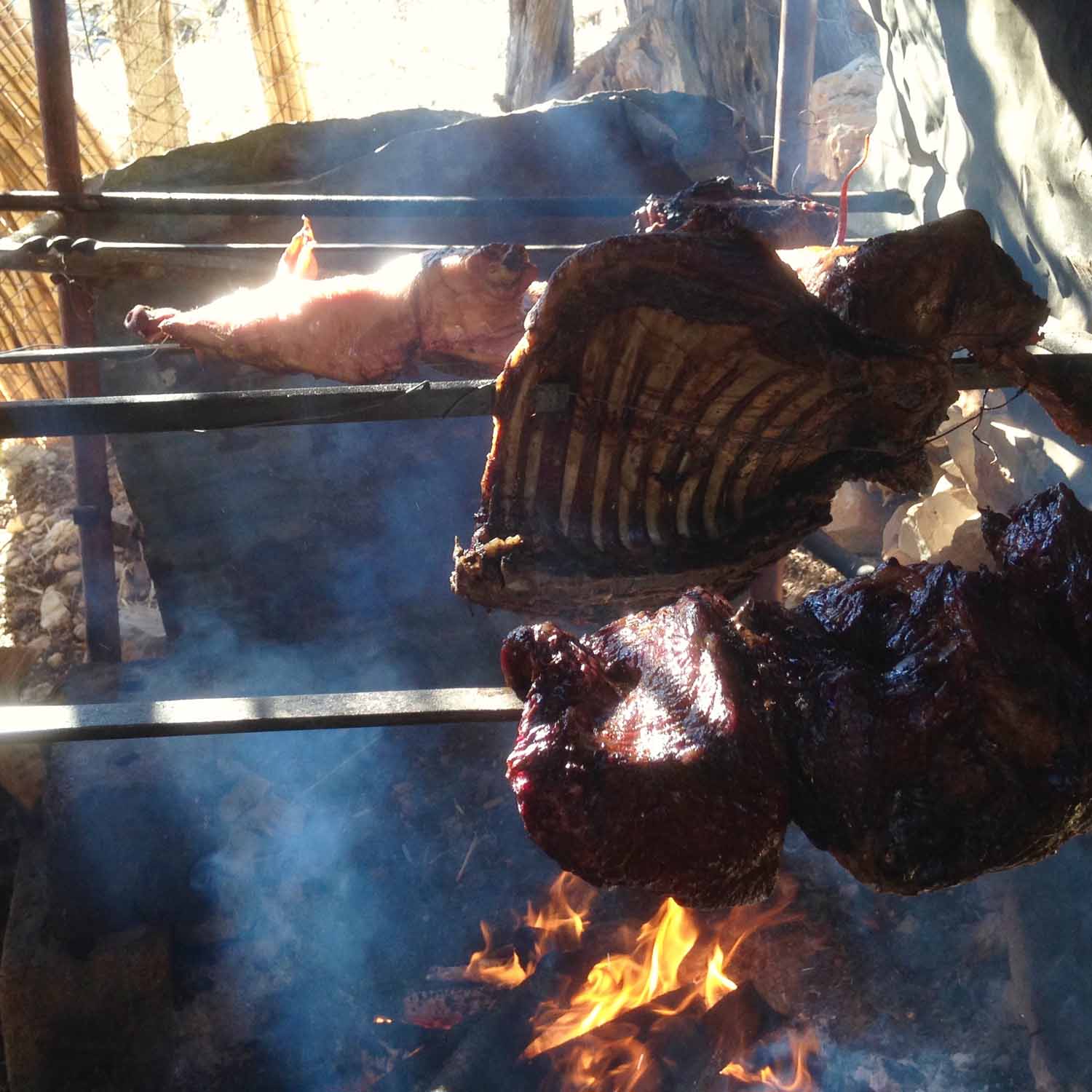
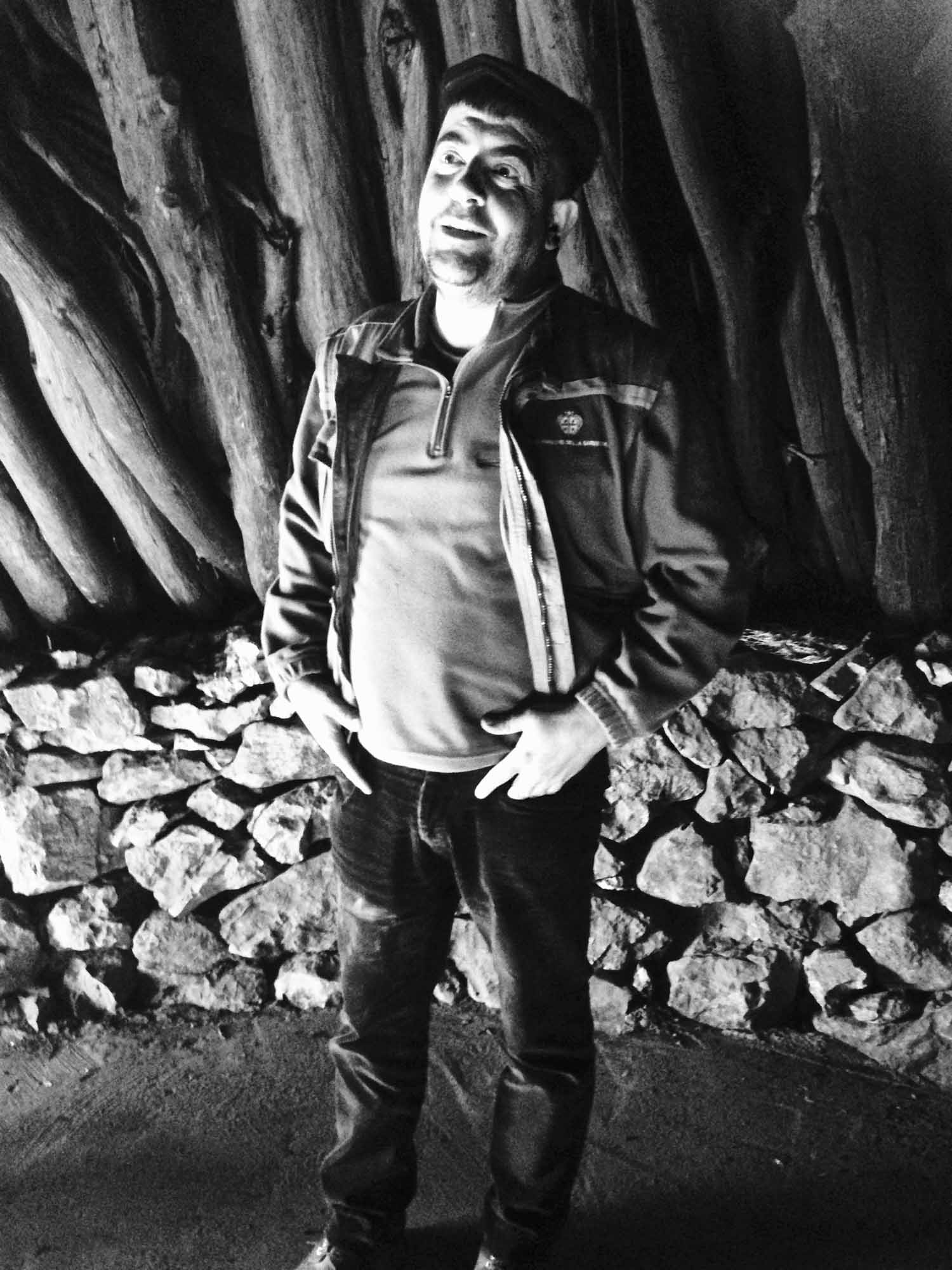

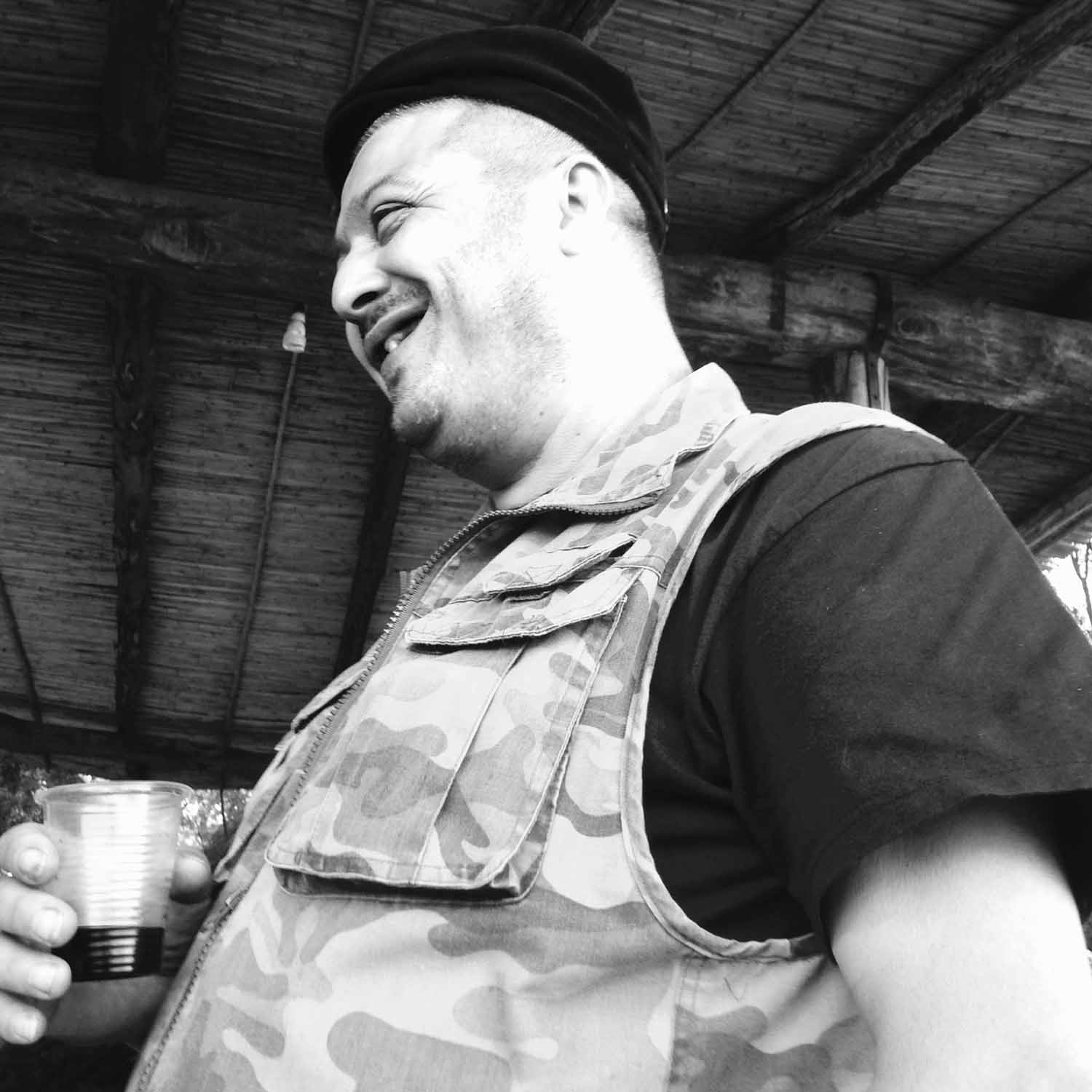
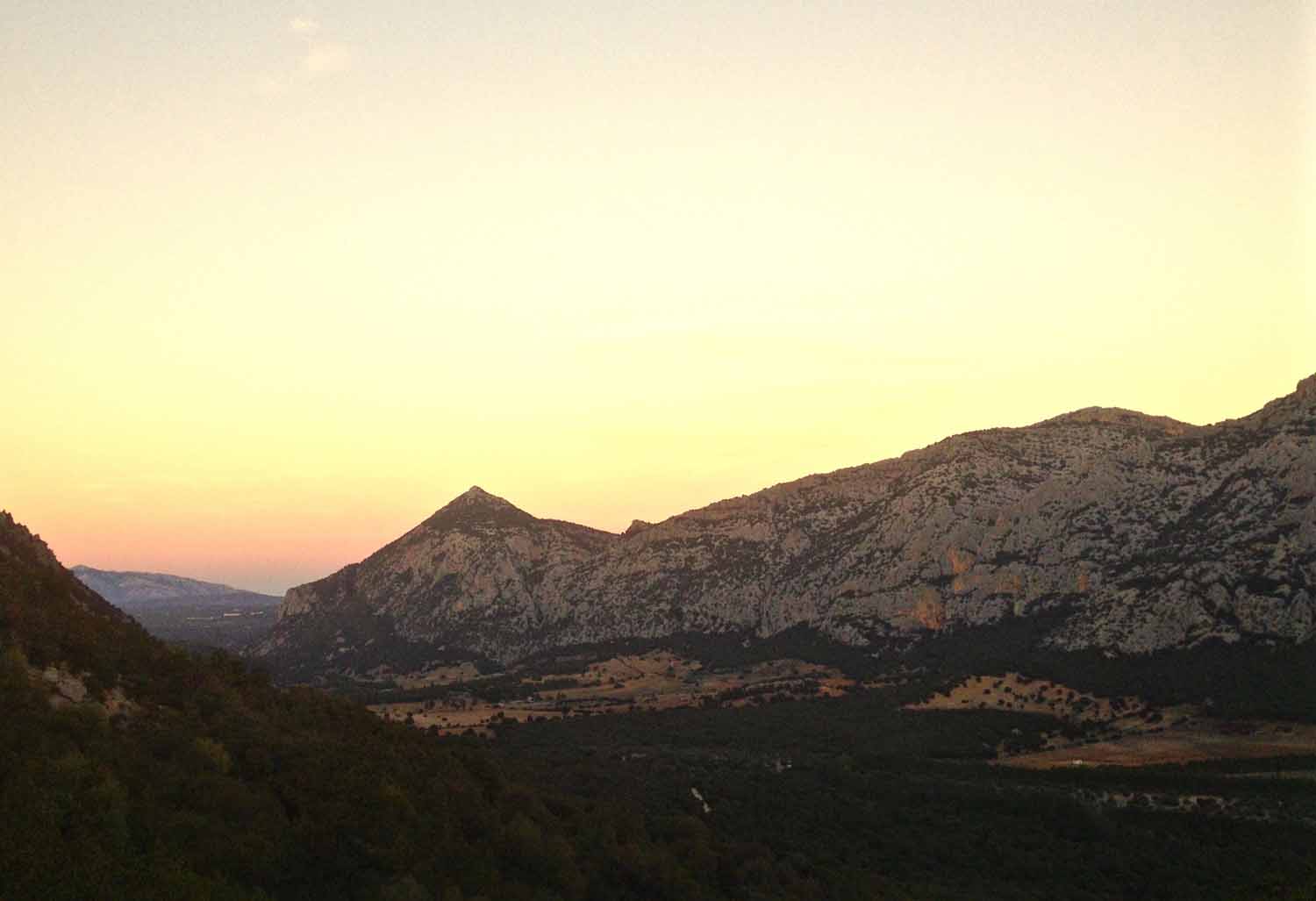
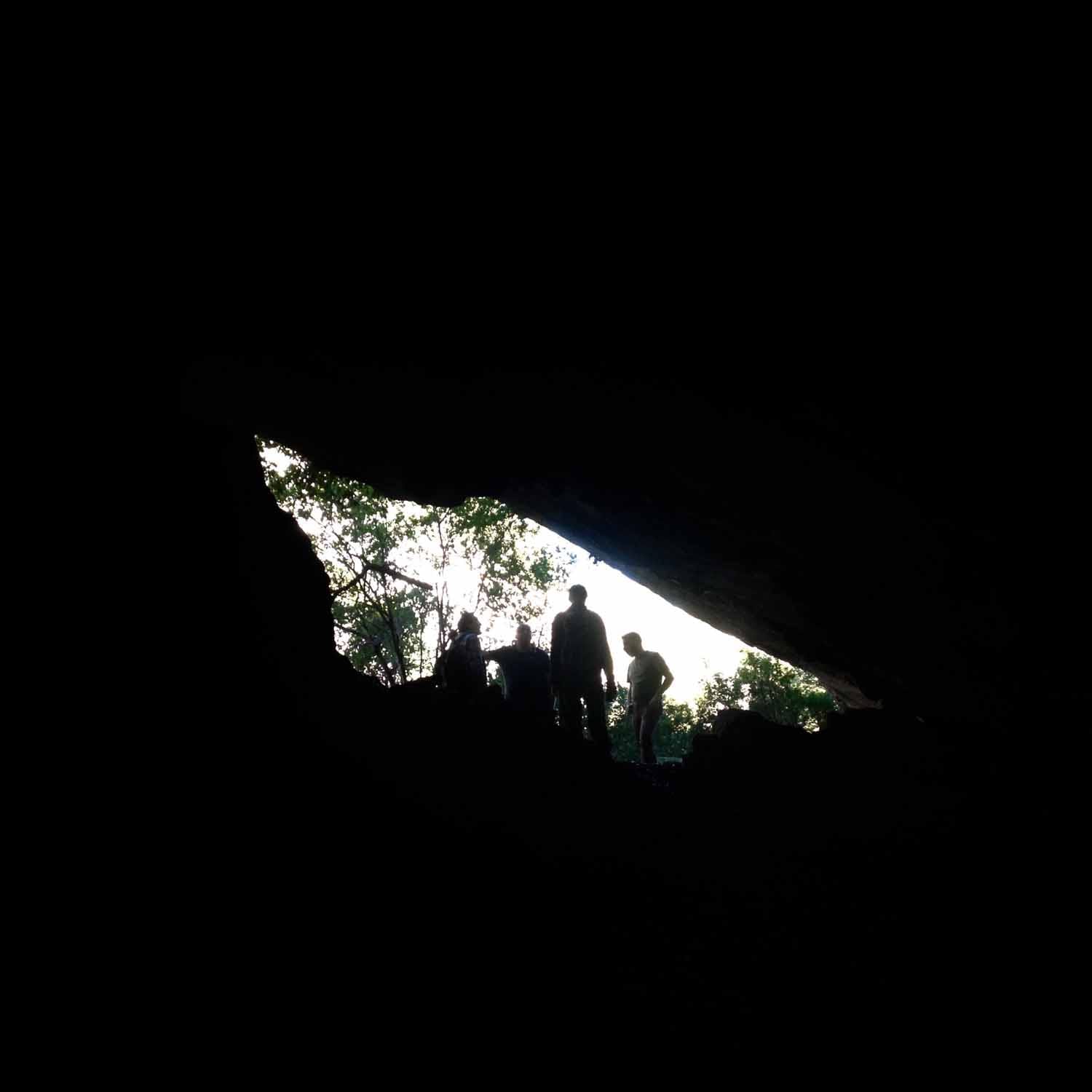

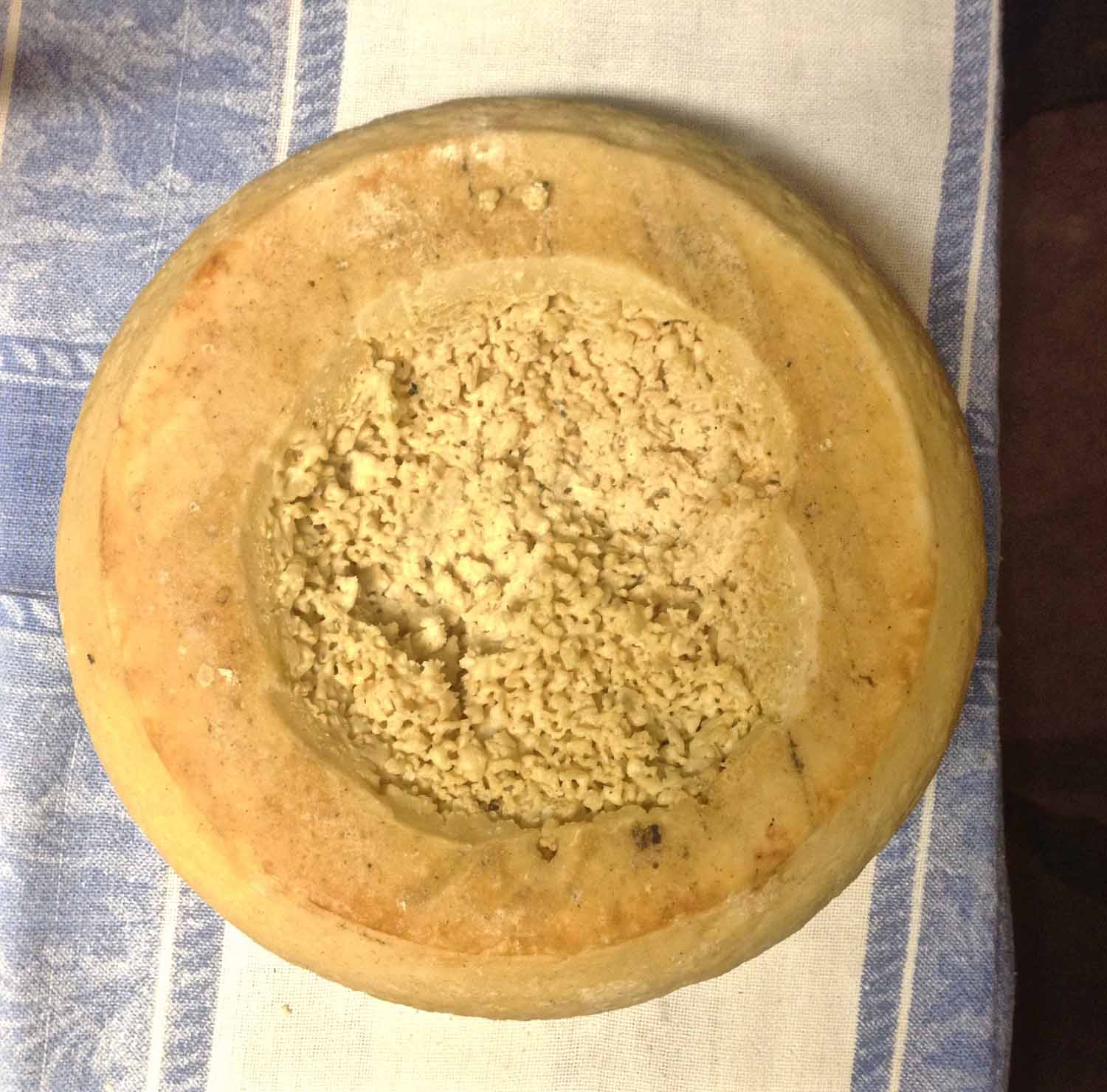
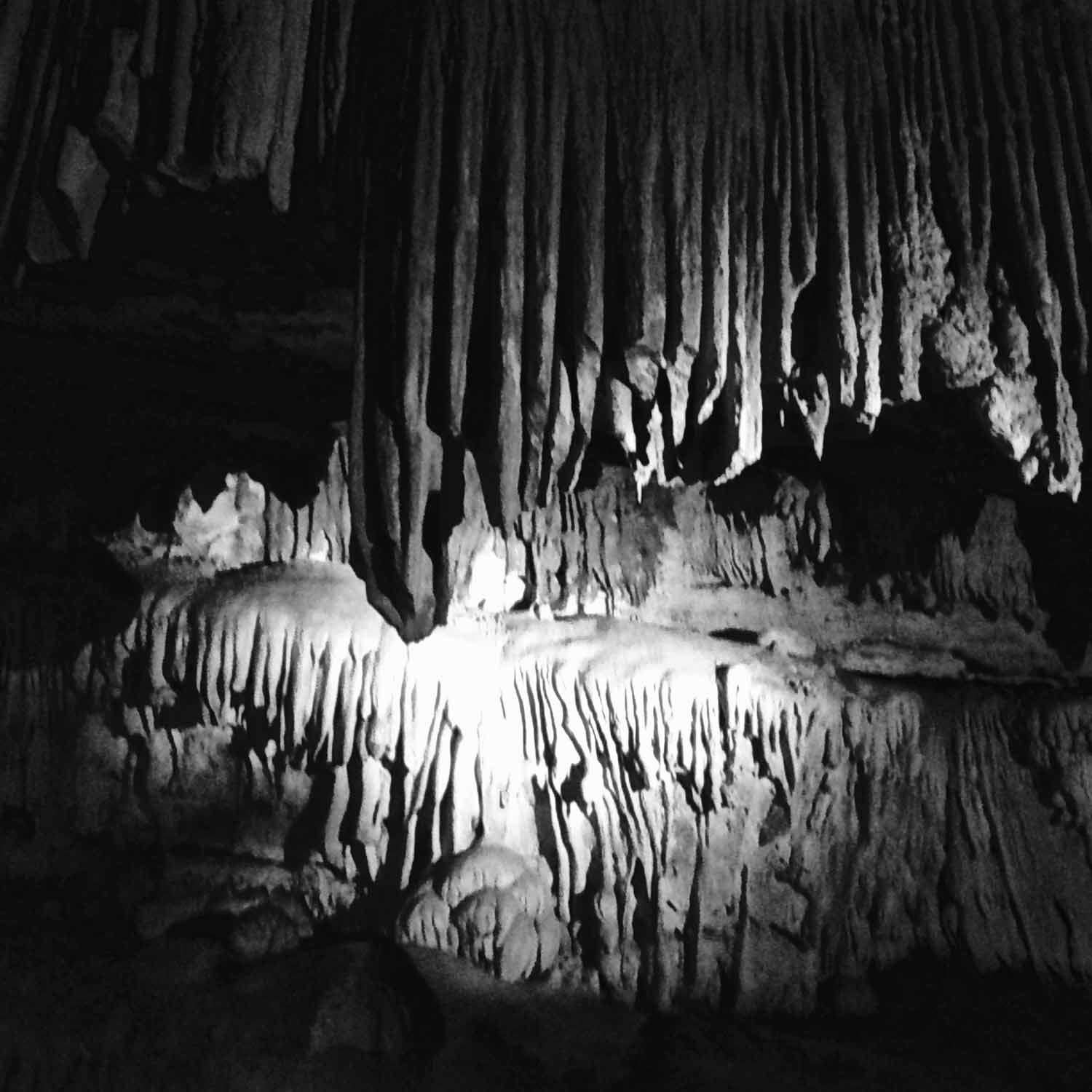
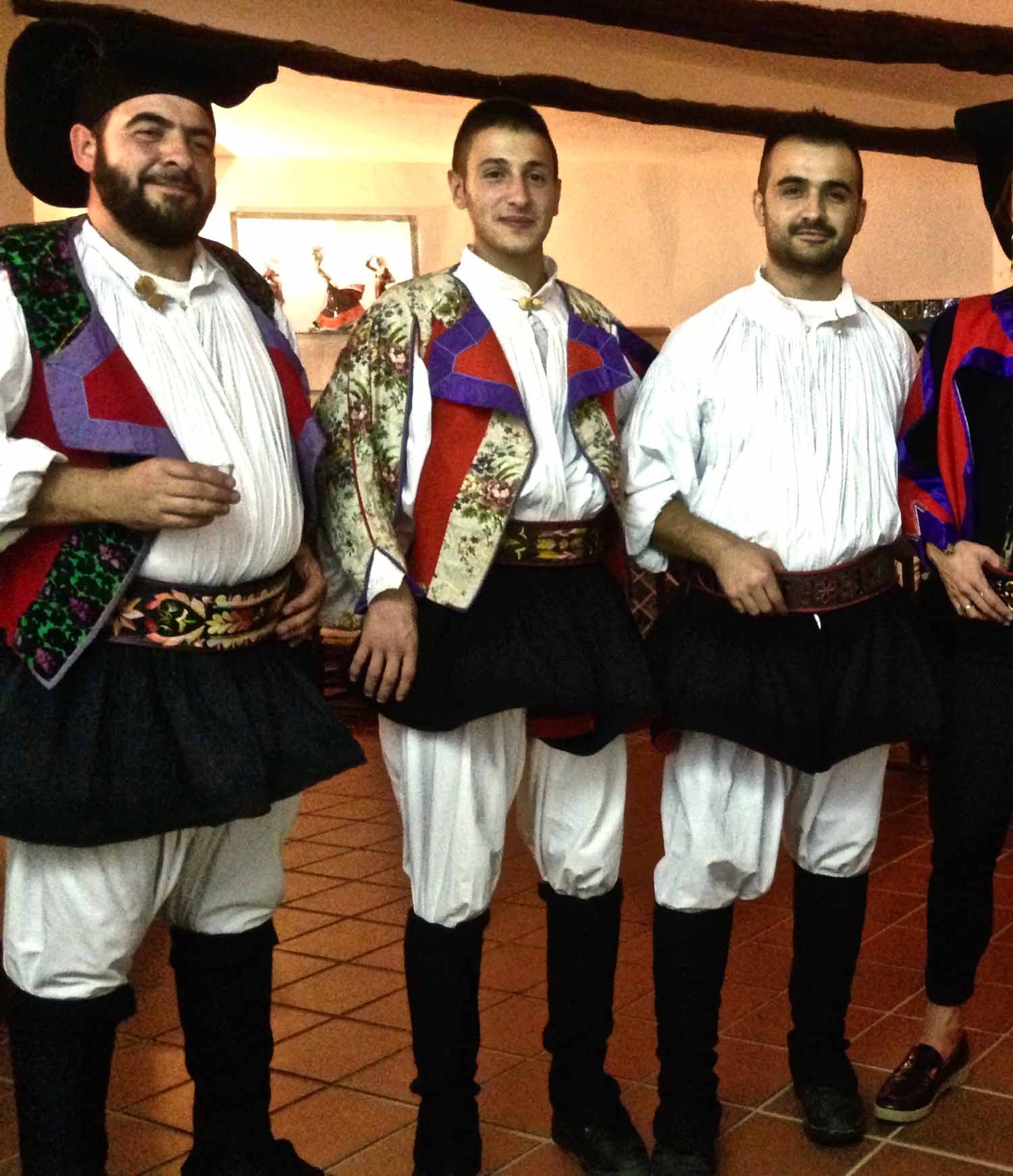


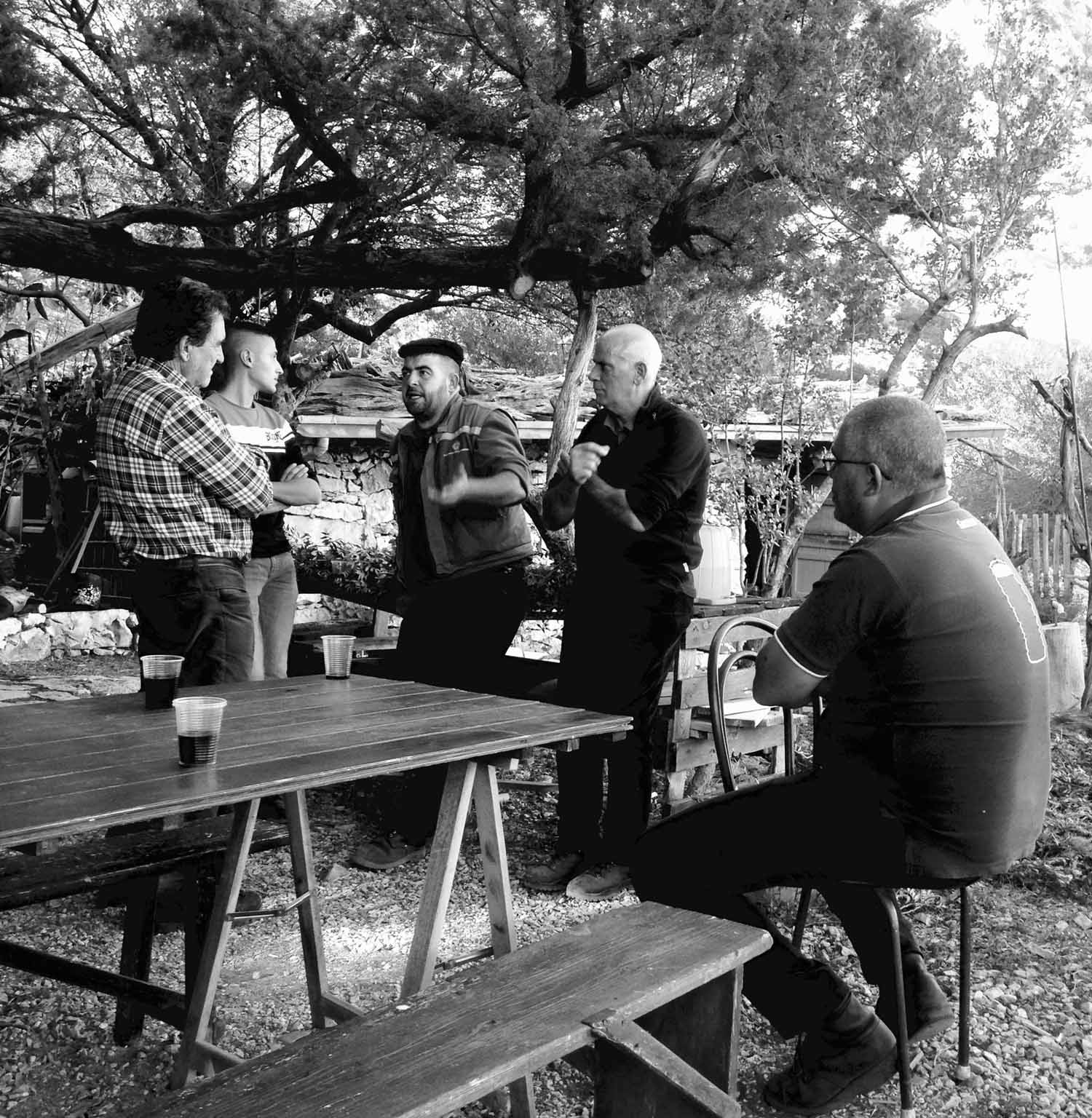

Molto divertente caro, are all your posts filled with such voluptuous vocabulary?
Grazie cara. Vocabulary seeks only to match the voluptuousness of the venues written about…Quando venite a fare una passeggiata in Italia…insomma?
I treasure this share! Fascinating as are you, fat–s! Amy and I miss you and love your wandering ways.
Miss you guys too! When are you coming to Italia?
Excellent Rudston, so different from the parts of Italy I know.
Thanks Katharina! Lets go walking somewhere in Italy soon…
Excellent writing and a great read, Rud!
Thanks Aré! When are you coming to Italy to join a Maremma Safari stroll in the Sardinian hinterland?
I’ll pass on the cheese, thank you.